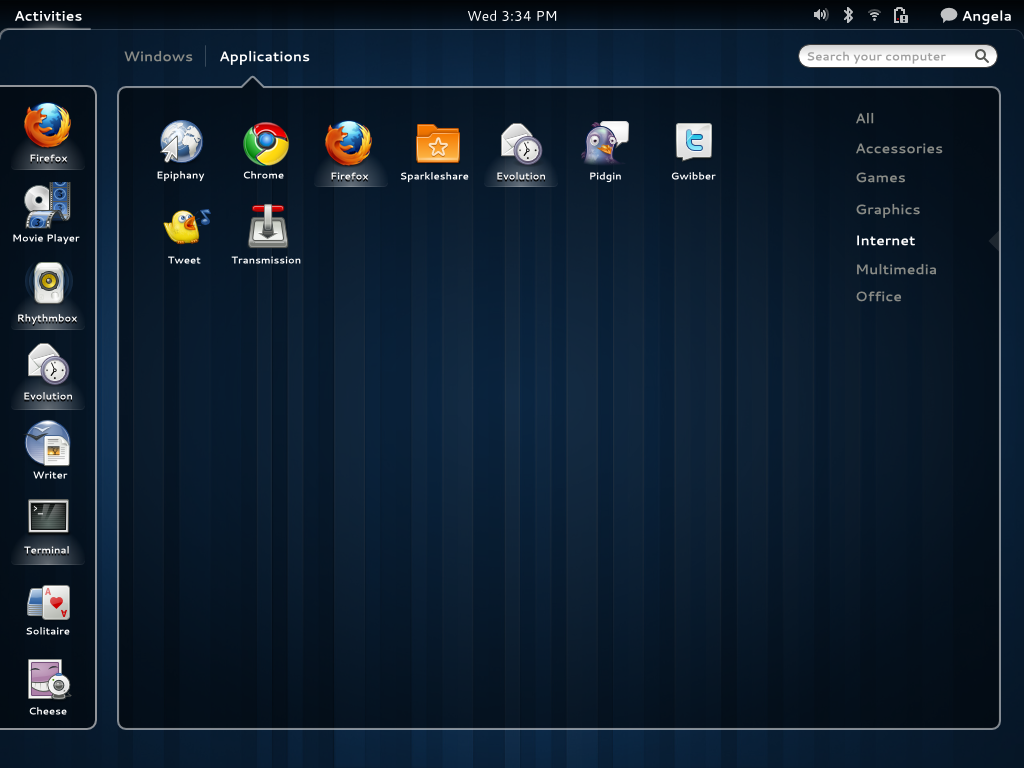The developers behind the GNOME project have gathered in the Netherlands this week for the annual GUADEC conference. During a meeting that took place at the event, the GNOME release team made the difficult decision to delay the launch of GNOME 3, the next major version of the popular open source desktop environment.
The new version has been deemed unready for mass consumption and will need another round of refinements before it can achieve the level of maturity and robustness that is expected by the software's users. Although the news will likely disappoint some enthusiasts, it is consistent with the GNOME development community's conservative approach to release management and strong emphasis on predictability.
GNOME consists of open source applications and development frameworks that form a complete desktop computing stack. It provides a number of the core components that make up the default user experience in many mainstream Linux distributions, including Ubuntu and Fedora. GNOME is developed on a time-based six-month release cycle, which means that there are two incremental releases every year.
Original GNOME 3 release schedule
The predictability of the consistent release cycle is one of the major factors that has driven GNOME adoption among commercial desktop Linux distributors, but the incremental development model has largely precluded radical changes. The idea of a major 3.0 update had been discussed for quite some time, but did not initially attract much support from key decision makers.
Some GNOME developers, however, feared that the project's reduction in forward momentum was leading to a decline in innovation and a state of "decadence." These concerns prompted a renewal of interest in overhauling the GNOME user experience, a movement that culminated in 2008 with the formation of a GNOME 3 roadmap and development plan.


 Loading comments...
Loading comments...
